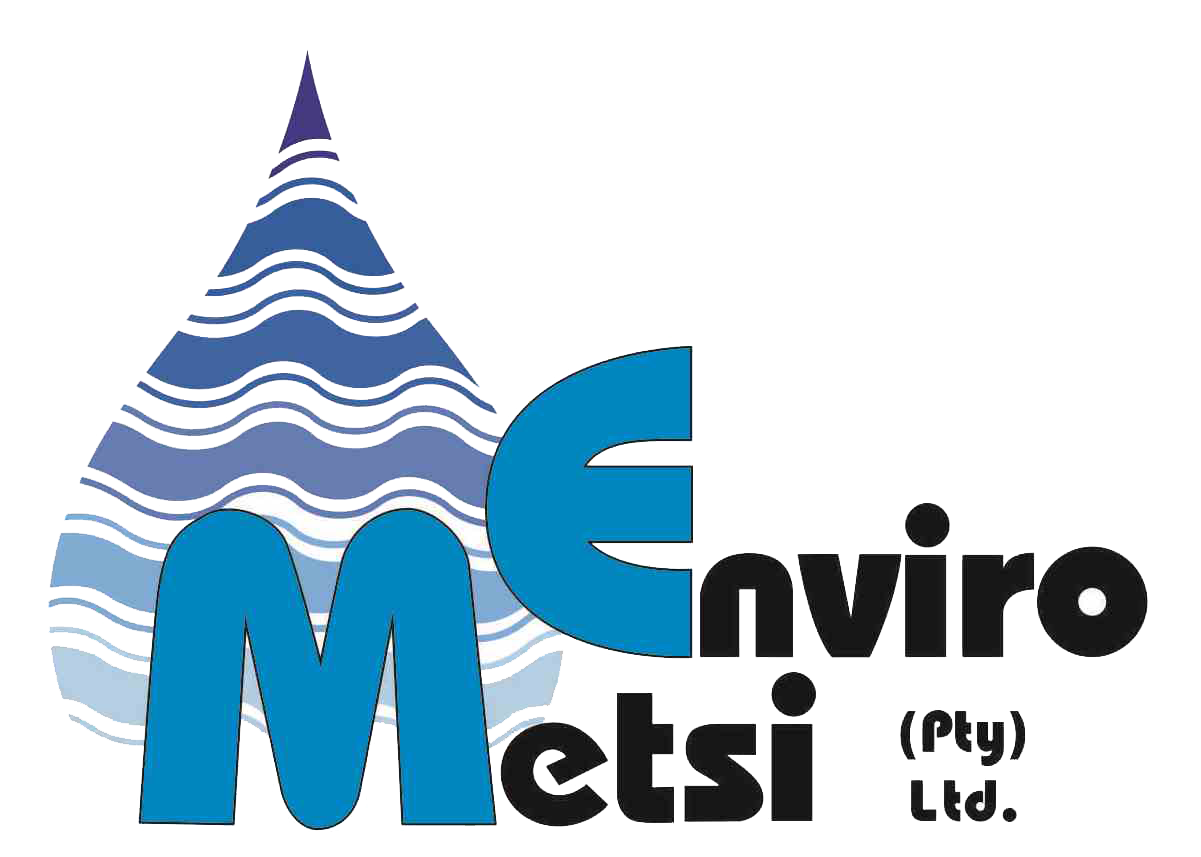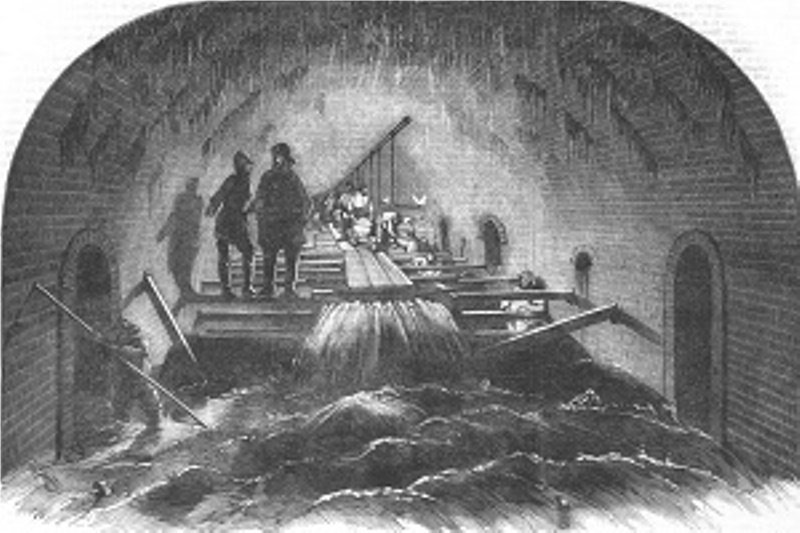When looking at modern-day wastewater treatment systems one can easily forget that the concept of waterborne sanitation is actually quite a recent development in human history and that it took years of implementation to get to the point where we are today.
Where it all began
The process of conveying human excrement away from houses and public areas goes way back in history. The construction of a network of sewers to collect wastewater was a revolutionary development that impacted many lives.
However, it was not until the “Age of Enlightenment” (during the 17th and 19th century) that real progress was made in water supply and sanitation.
The Romans were always known for taking something simple and making it more sophisticated. This could again be seen in the way they laid out pipe systems to form a sewer network which could transport storm-water beneath their houses. This worked quite well, but with the demise of the Roman Empire, their sophistication went down with them and the skills of the Romans were largely neglected.
During the Middle Ages it was quite common for human waste to be dumped into gutters and streams with the hope that it would be flushed away during rains or floods. This was, however, a doorway for waterborne diseases and water pollution. With the approach of the 19th century, toilets, or water closets as they were known, were installed in houses. These were however connected to cesspools, not sewers. This resulted in a situation where sewage overflows were quite common, especially in densely populated areas, as these cesspools were rarely emptied.
The Cholera outbreaks during the 1800s acted as a “wake-up call” as to the link between human waste, contaminated water sources and disease. This prompted a revolution in the way people thought about and dealt with their water and wastewater – the birth of modern-day water supply and sanitation systems! At first, the problem was addressed by transferring sewage to bodies of water, rivers. This however led to a whole new problem - surface water pollution, an issue that is exemplified by the 1847-48 “Big Stink” in London.
These issues paved the way to further explore how sewage could be treated before disposal into a watercourse. One of the first recorded studies in this regard was done in the 1870s when Edward Frankland demonstrated that the biological treatment of sewage is possible – the foundational work for Biological Filtration (Trickling Filter) Systems and the start of a revolutionary mindset change to move toward systems that enhance the natural biological processes we today consider as the basis of all Wastewater Treatment Works.
Wastewater Treatment in South Africa
South Africa followed much the same route as our European counterparts. In Cape Town, as an example, night soil buckets needed to be emptied into the ocean. Problems, however, arose when some of it was dumped into the canals. . . By 1867, Cape Town Municipality was established and in 1882 it took over sole responsibility for water supply and sewage disposal. Around 1895, a number of sea outfalls had been constructed to serve the waterborne sewage requirements of Cape Town
Around the same time, only five inland authorities had sewage disposal schemes. Durban’s first sewage scheme was commissioned in 1894 while in 1910, Pietermaritzburg commissioned works that incorporated primary sedimentation, sludge digestion and bio-filtration
Summary
The way in which we see wastewater and sanitation has come a long way. The shift in focus from simply wanting to find ways in which to dispose of our sewage toward the treatment thereof seemed revolutionary. Now, only 150 years on, we are again on the brink of such a “thought revolution” as we start to consider wastewater as a resource – a way in which we can produce green energy, a way in which to “mine” nutrients, even an alternative source of drinking water.
At Enviro Metsi, we are excited to be part of this new way of looking at wastewater as we continue to look for ways in which to optimise the Management, Operation and Maintenance of Wastewater Treatment Works, as we continue to assist with Plant & Process Optimisation Studies, as we commit ourselves toward the protection, and beneficial use, of this precious resource.
For more on our services: http://www.metsi.co.za/services/home/index


